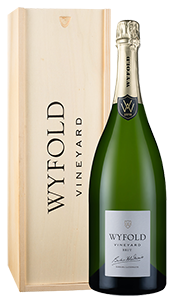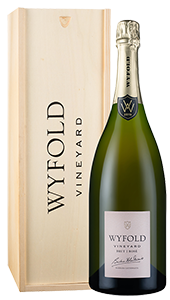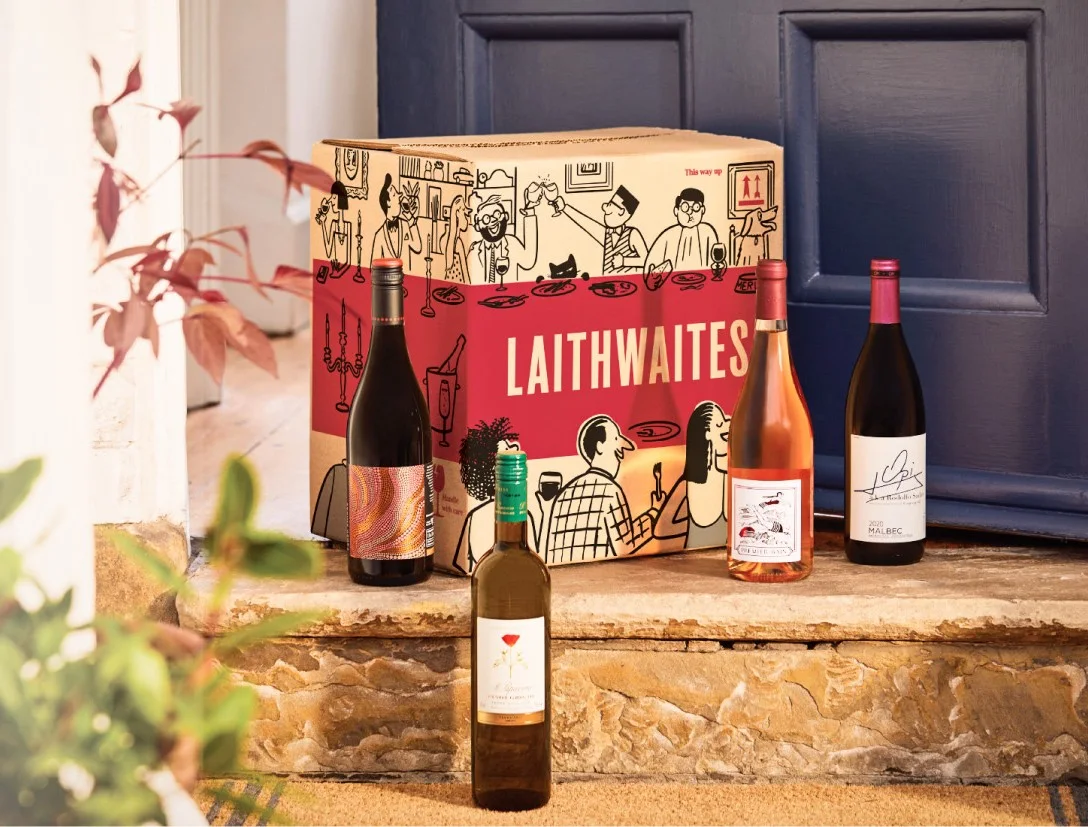Filter by
- The spicy, velvety fruit of southern Italy's prized Primitivo in this much-loved customer favourite£26.00 per bottle
- Our best-selling Aussie superstar red. Even better in this more-to-go-round magnum size. Joy!£21.00 per bottleSAVE £5.00
- £16.80 per bottleSAVE £7.20
- The bold spice of Aussie Shiraz meets the dark cassis of Cabernet in this fruit-filled red in magnum£27.00 per bottleSAVE £5.00
- Centenary red from a top Châteauneuf producer in a big celebration magnum£27.00 per bottleSAVE £3.00
- Superb, Chardonnay-rich Brut Réserve from Taittinger, one of the last family-owned Grandes Marques£80.00 per bottleSAVE £15.00
- A beautifully balanced, crisp wine that will transport you to Valencia’s sunny coastline£16.99 per bottleSAVE £5.01
- Wow your guests with this impressive magnum of our bestselling luxury red wine£28.00 per bottle
- Complex, elegant Rioja Reserva, aged two years in barrel, from a top family estate. In magnum£36.00 per bottle
- A pale, berry-fresh rosé magnum from a 4th-generation family estate close to Bandol, in Provence£22.00 per bottle
- A fine celebration Champagne. Great fruit finesse, brioche notes and gentle bubbles, in magnum£50.00 per bottle
- With Prosecco, ‘la vita è dolce’! Celebrate any time with this magnum of lively, fruity Italian fizz£25.00 per bottle
- Superb richness, elegance and balance in the La Cuvée bottling from renowned Laurent Perrie£99.99 per bottleSAVE £10.01
- Wow your guests with this impressive magnum our all-time bestselling Aussie red wine£21.00 per bottleSAVE £5.00
- Crisp, aromatic, moreish French Sauvignon with brilliant freshness. You'll be happy it's in a magnum£22.00 per bottle
- One of the world's finest rosés from an iconic estate and winemaker, in magnum.£44.50 per bottle
- £154.00 per bottleSAVE £26.00
- Fabulously silky, berry-rich Rioja Crianza from a Trophy-winning winemaker, ideal in magnum£30.00 per bottleSAVE £10.00
- Superb English fizz magnum from an award-winning Oxfordshire vineyard – a bubbly to rival Champagne£79.00 per bottle
- Superb, berry-rich Rioja Crianza with four Golds from a 1er Cru Classé Bordeaux-trained winemaker£38.00 per bottle
- Premier Cru quality at a village price. Intensely flavoured Chablis with hints of peach£45.00 per bottle
- Last vintage an IWSC Trophy winner, this is a very fine pink fizz magnum from an Oxfordshire estate£79.00 per bottle
- Powerful, rich and complex, flagship Rioja from this Trophy-winning bodega, close to the mountains£55.00 per bottle
- Olé! Pretty pink with gentle fizz, ripe fruit and unabashed sweetness. An amazingly delicious drop!£14.00 per bottle






























